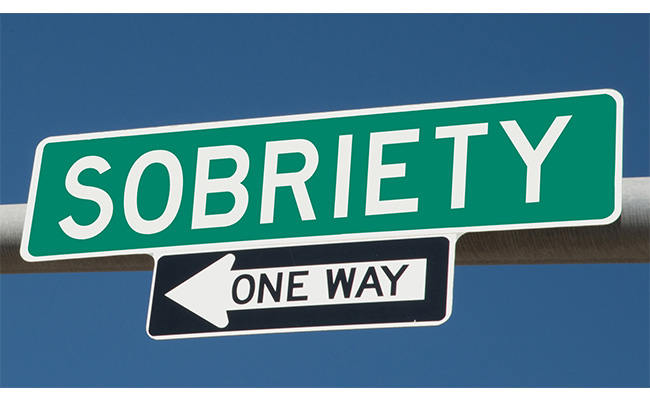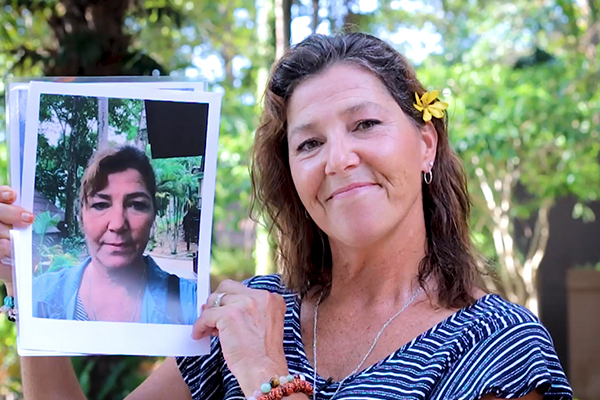Alcohol Misuse on the Rise in Australia and New Zealand: The Over 50 Crowd
Alcohol is legal for those who are of age. However, that does not mean it cannot be misused or abused. A substance being legal does not mean it is safe in excess or even in general use. Australia and New Zealand are seeing a rise in the misuse of alcohol, especially in those over 50 years of age. While it is perfectly legal for people over this age to drink as much or as little as they desire, it can be dangerous.
Identifying Alcohol Misuse
Due to the rise in misuse in this age group, it has become important for aged care workers, as well as doctors, to be able to identify this type of misuse. Medical personnel should also be able to identify and watch out for long term impacts of alcohol misuse on cognition for this age group. Having the right response to those in this age category as far as medical needs is important as the number of individuals with issues will grow.
It appears that baby boomers worldwide are drinking more than previous generations. However, those in New Zealand drink more frequently and more during each drinking episode than older adults in at least nine other countries. This covers up to 40% of adults over 50 years of age. Specific to Victoria, those over 50 are responsible for the greatest increase in ambulance calls for alcohol related incidences. This is tied to an increase in young onset dementia.
Older drinkers have a higher sensitivity to alcohol physiologically and tend to have previous health conditions that are exacerbated by excessive alcohol use. Medications that are common to this age group are also affected by alcohol use, making it more dangerous, especially in excess. It is recommended that those over 50 should have only a single standard drink a day, with at least two alcohol free days each week. However, those with dementia, should not drink at all as it can make the disease progress faster. Unlike younger drinkers who tend to drink more in a shorter period of time, older drinkers drink less, but for longer periods. This increases the risk for heart disease, stroke, and a number of cancer types. Sadly, this is not a well-known or advertised fact for older adults.
Signs of Alcohol Misuse and Abuse in Older Adults
Since alcohol is legal for adults few people know what to look for as far as signs of alcohol misuse or abuse when it comes to this age group. This is especially true for those older adults who may not have been heavy drinkers in their younger years. Older people are often about to feel the effects of alcohol, the ‘high’, without increasing the amount they drink. This means a drink or two a day can have the effect on an older person that several have on someone younger. Unfortunately, this tends to lead to accidents like car crashes, falls, and fractures more often with this age group. For those 50 and older, drinking over a long period of time can lead to:
- Cancer, liver damage, brain damage, and immune system disorders
- Worsening already present health conditions (diabetes, high blood pressure, osteoporosis, memory loss, mood disorders, ulcers, and stroke)
- Make medical issues harder to treat or even find (i.e. warning signs for a heart attack)
- Cause confusion or forgetfulness which is often mistaken for Alzheimer’s and treated as such
Furthermore, alcohol can affect overall safety for adults in this age category. In addition to the increased rate of falls and household accidents, alcohol is a factor in 30 percent of suicides, 40 percent of crash and burns, and 50 percent of drownings and homicides. The falls that people in this age group have can lead to fractures and other injuries that cause permanent damage. Furthermore, alcohol misuse in this age group can strain family relationships and contribute to familial violence.
Signs of Alcohol Abuse
Though there are no hard and fast rules about who will become a problem drinker later in life or not, there are some factors that have been identified as contributing to the problem. As a person gets older, they tend to face major life changes like poor health, financial difficulties, and even loneliness. Other situations that may create a problem include:
- Empty nest syndrome, when children move away
- Boredom with lack of social activities
- Loss of friendships
- Traumatic events, when a spouse dies
- Sadness or depression following a life change, downsizing a home
Since alcohol is a depressant, it is responsible for brain changes. However, it works on the brain to make a false sense of happiness. Signs of alcohol abuse in seniors include:
- Drinking to cope with depression or loss
- Drinking with prescribed medications
- Being in danger due to drinking habits
- Being agitated when sober
- Lying about drinking amounts
- Hiding liquor bottles
- Slurred speech with the smell of alcohol on their breath
Seeking Help

No matter the age someone starts drinking or when they become a problem drinker, it is important to seek professional help. DARA offers help for those with alcohol issues and additions. With locations in several countries, including four in Australia (Melbourne, Auckland, Brisbane, and Sydney), DARA works with each person, mind, body, and soul.
DARA uses cognitive behavioral therapy (CBT) to help each person learn how behaviors affect thinking and thinking also affects actions. If we are able to change the thoughts, then the behaviors will follow. Paired with individualized and group therapies are recreational and physical activities, proper nutrition, massage, relaxation time, and meditation. This allows a person to heal from the inside out while learning more about addiction in general. When a person leaves a DARA program, they are well equipped to stay on the road to long term recovery.
If you or a loved one is in need of help for alcoholism, alcohol dependence, or a simple alcohol problem, then call DARA anytime, day or night. The first step is up to you, make the call to change your life for the better.
CLICK HERE to get a Free Confidential Addiction Rehabilitation Assessment. Alternatively, you can click on the live chat icon to chat with someone right now.
















